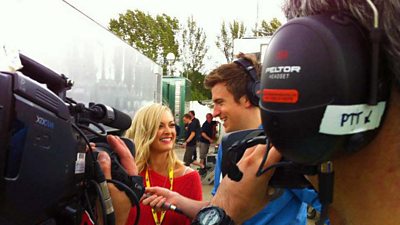The guidance is principally aimed at those who work in Radio who need to carry out such 'interactive filming' or 'visualisation'.
What Can Go Wrong?
- Use of staff inexperienced in assessing and managing the risks created during normal filming activities.
- Electric shock, burns, injury & fire resulting from poorly maintained or incorrectly operated equipment.
- Slip, trip, fall incidents from kit left lying about and poor cable management.
- Musculoskeletal (upper body) injury, from poor manual handling technique whilst moving or transporting equipment/kit about.
Legal/����ý Requirements
- When hiring lights, it is mandatory to use a pre vetted contractor in the UK. See ����ý Pre Vetted List.
- Only staff or contractors who have watched the Electrical Safety Academy Film and attended the ����ý Academy Location Lighting 1 day course, may use power up to 2kW (this would normally be a three lamp lighting kit or similar).
- Lighting above 2kW but less than 6kW should be organised by a trained and experienced lighting cameraperson.
- Over 6kW, a contractor from the ����ý’s vetted list must be used for wet or dry hire.
- A designated ‘Senior Responsible Person’ must be appointed to take responsibility for any mains powered equipment and must ensure that the equipment is not left unattended when powered-up.
Control Measures
Competent staff / contractors
- If you are using a third party Independent company to undertake this filming, then ensure they have been Health and Safety vetted prior to using them. A questionnaire for H&S Vetting of Independents is available. Contact ����ý Safety Advice Line for advice.
- The Indie must be able to demonstrate that the staff employed to carry out the filming activities are competent to do so.
- The Independent must have provided the ����ý Production team with a risk assessment covering the activities they have been contracted to undertake.
Emergencies
- Ensure equipment is EET (formerly PAT) tested and maintained in line with manufacturers recommendations to avoid emergencies like electric shock, burns, injury and fire, resulting from poorly maintained equipment.
- ����ý Production to ensure staff, contributors and guests are made aware of the building’s emergency exits and fire evacuation procedures and assembly points.
- If possible, find out in advance, if any of your staff, guests or contributors may require any assistance evacuating the premises, in an emergency.
- If assistance is required, then you will need to discuss and agree with the individual, what help is needed and document a personal emergency evacuation plan (PEEP) for them.
Slip, trip, falls
- Undertake regular safety inspections and monitoring to remove hazards such as kit left lying about and to check cable management.
- ����ý Production to make sure that all emergency exits and fire lanes are not blocked /obstructed in any way, by cables or equipment.
- All equipment cases will be stored carefully away from the work area. ����ý Productions will ensure that staff/ contractors keep the work area clear and tidy.
- All cables will be routed around the work area to prevent trip hazards.
- Where cables are required to cross the work area, they must be tapped down, matted or flown.
- Low level lighting, high contrast lighting and or glare can cause staff, contributors or guests to bump into or trip over equipment in the working area.
- Everyone present must be advised of potential trip hazards before work commences.
- Lighting tripods must be located in areas where legs will not protrude into walkways. If necessary, a white tape area must be marked out around the tripod, to warm approaching people of the trip hazard.
- Always ensure that a single tripod leg faces forward (not a pair) so that should the tripod be knocked over, it will fall to the side; not directly forwards.
- Ensure staff employ appropriate manual handling technique whilst moving or transporting equipment/kit about to avoid Musculoskeletal (upper body) injury. Read topic on Manual Handling.
Communication of roles & responsibilities
- Lack of communication between parties involved, can lead to misunderstandings, resulting in injury.
- The ����ý Producer will ensure all parties are informed of the role they are expected to perform.
- The ����ý Producer will liaise between contractors, performers and ����ý Teams, to ensure clear lines of communication.
- If work is expected to be carried out over many hours, the crews will be allowed to take sufficient rest break. Read the topic Tiredness & Fatigue Recommended and the ����ý Scheduling Guidelines.
Division Specific Issues
- No division specific issues.
FAQs/Did You Know?
- BS7909 - Code of practice for temporary electrical systems for entertainment and related purposes, sets the standards to be met when using temporary mains power, which the ����ý has agreed to follow and adhere to.
Useful documents
Recommended links
-
[����ý network only]
-
[����ý network only]
Personal security topics
-
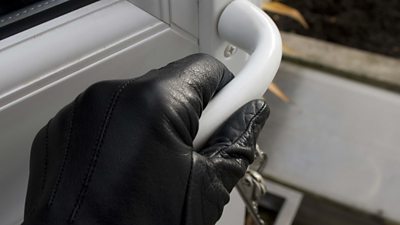
Security (Personal)
Measures you can take to help protect yourself -
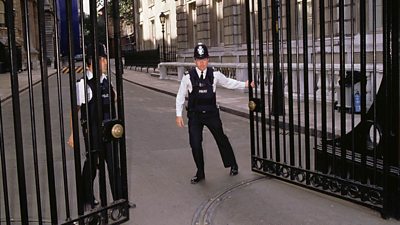
Security (on Location)
Advice for maintaining security on productions -

Covert Filming
A guide to a genre of programmes which involve investigative journalism, surreptitious and covert filming or recording, creating potential personal security risks. -

Courts of Law
A guide to working in, outside or, around courts following a news story. -
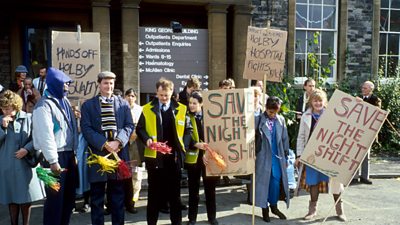
Demonstrations, Protests, and Crowds
����ý Safety has a whole host of safety guidance to assist teams when they are planning a deployment to a demonstration or protest. -

Door-Stepping
The risks of obtaining an interview, or piece to camera, from a contributor without prior arrangement or agreement. -
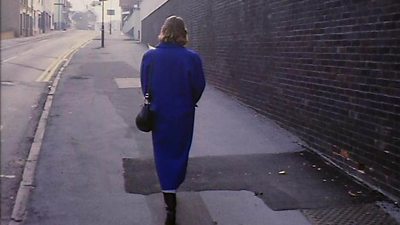
Harassment and Stalking
Guideline to harassment and stalking, including internet / social media trolling. -
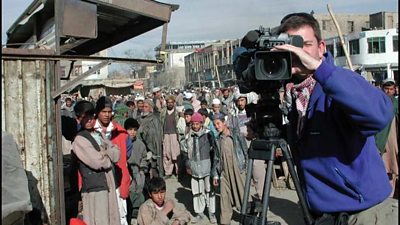
Lone Working
This Guideline sets out the hazards and precautions to be considered when lone working, whether it is in the office, on location or overseas. -
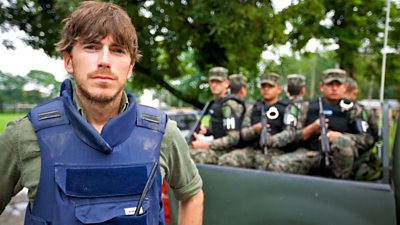
Security on Location
Guideline provides measures to help mitigate the security threats associated with production activities on location, including door-stepping, covert filming, working with crowds and public order issues. -

Violence and aggression
Guidance on dealing with violence and aggression
More from SSR
-
Your platform to record accidents, risk assessments, assurance monitoring and inspections
-
Safety Equipment Stores
Just one number to call: 020 3614 5155 -
����ý Safety Guidelines
An A-Z of ����ý's Health and Safety Guidelines -
Safety Advice Line: 0370 411 0464 Email: safety@bbc.co.uk
Events guidance - key links:
- Exhibitions
- General Guidance
- Indoor Location Recce Checklist
- Outdoor Location Recce Checklist
- Major Incidents & Emergency Planning
- Marketing and Promotional
- Noise Exposure
- Planning and Management
- Responsibilities
- Responsibilities Form
- Laser Lighting Effects
- Strobe Lighting
- Temporary Stages and Rostra
Health topics - key links:
- (����ý network only)
- Contributors Fitness to Participate
- Display Screen Equipment (DSE)
- (����ý network only)
- First Aid and Welfare on Location
- International Travel - Risks & Health
- Manual Handling
- Mental Health: Homepage
- (����ý network only)
- Personal Health and Wellbeing
- Pregnancy
- Psychological Trauma Support & Trauma Risk Management (TRiM)
- Tiredness and Fatigue
- Travel Health Contacts
����ý High Risk - key links:
- CBRN and Industrial Spills
- Covert Filming
- Crisis Management and Security Support
- Demonstrations, Protests and Crowds
- Disaster Coverage
- Door Stepping
- (����ý network only)
- (����ý network only)
- Public Order
- Safety Equipment Stores
����ý Journalism - key links:
����ý Productions - key links:
- Aerial Filming and Airfields
- Animals: Displaying and handling for performance
- Boats: Working on
- Children and Young People
- Driving
- Electrical Equipment and Systems
- First Aid and Welfare on Location
- Food Safety (Cooking and Catering)
- Remote Location Working
- Roads and Streets: Working by
- Security of Productions on Location
- Stunts
- Tiredness and Fatigue
- Unmanned Aerial Systems (UAS aka Drones)
- Vehicles: Recording in, from and around
- Working at Height: Mobile Elevating Work Platforms
- Working at Height: Tower Scaffolds
����ý Radio - key links:
- (����ý Network only)
����ý Security - key links:
����ý Sport - key links:
About this site
This site describes what the ����ý does in relation to managing its health, safety and security risks and is intended for those who work directly for the ����ý.
It is not intended to provide instruction or guidance on how third parties should manage their risks. The ����ý cannot be held liable for how this information is interpreted or used by third parties, nor provide any assurance that adopting it would provide any measure of legal compliance. More information
Some links on this site are only accessible when connected to the ����ý network
